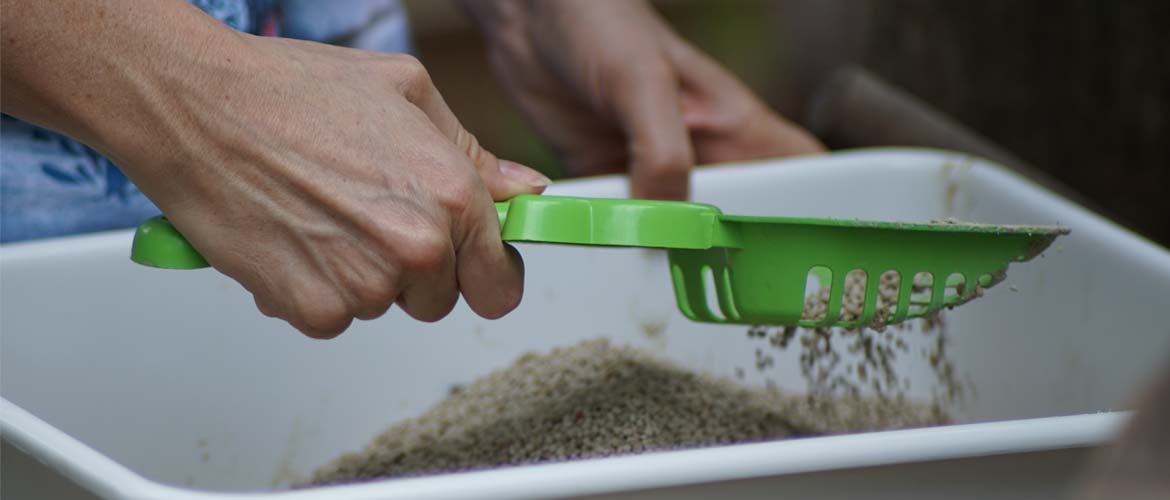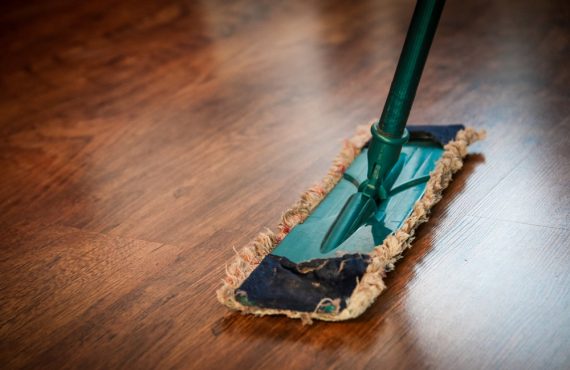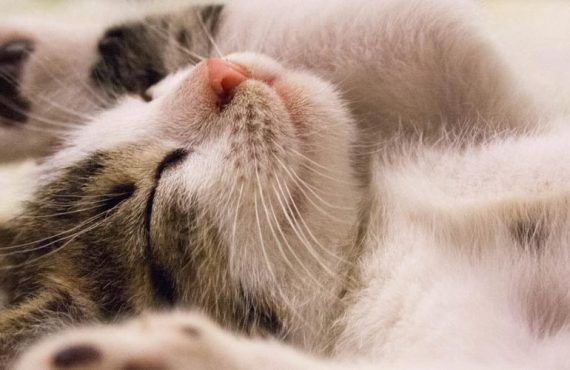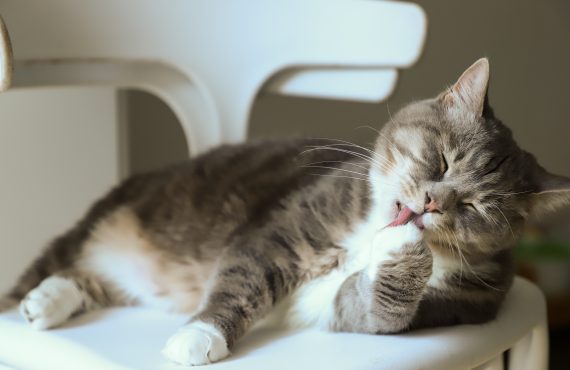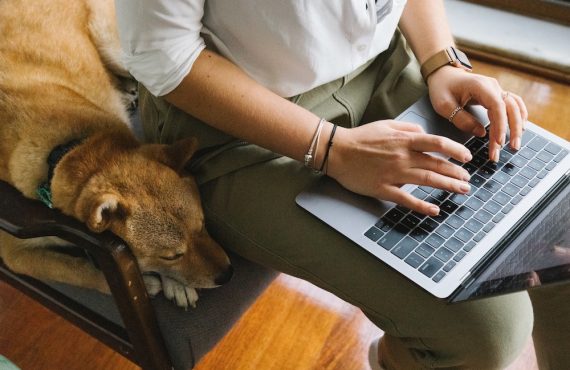The key to training your pet to eliminate where you want them to is to prevent accidents, and reward success. Never punish, yell, or rub a pet’s nose in an accident. This doesn’t teach them anything, and may make them afraid of eliminating in front of you at all. Positive reinforcement works best for pets.
Dogs
Young puppies can be particularly difficult to train, as they have small bladders and lack bowel control. To encourage good habits, take your pet’s age in months and add one, and that’s the number of hours they should be able to hold their business during the day. For example, a six-month-old puppy can usually hold it for up to seven daylight hours, but remember that every dog and situation is different (just ask Rachel about how it went with Riptide!) Puppies may need to eliminate after they eat, sleep, or play, so you will be going outside a lot with a younger pup.
To train your puppy or dog, be sure to bring your new pet home when you have several days to work with them before going back to work or leaving them alone for longer periods at a time. Keep the pup with you at all times, using pet gates or a leash to contain them if necessary. When you see them start to sniff excessively or give indications that they need to eliminate, take them on a leash to their designated potty place right away. Stay there, pacing back and forth, using the same phrase (maybe “go potty,” or “do your business”) until they eliminate. Reward them excitedly with whatever motivates them (treats, toys, affection… or a combo!) immediately when they go. Maintain a predictable schedule for feeding and potty times, and your dog will catch on in no time!
Cats
Most kittens or cats will catch on quickly to the idea of the litter box. Providing one more litter box than there are cats in the home is a good idea, so if you are bringing home your first cat, you’ll want two litter boxes. Place the boxes in locations that are easy to get to, yet private. Your cat needs to feel safe in order to use the litter box.
Show the cat or kitten where the boxes are as soon as you get home.
Put them gently in the box immediately following meals and after they
wake up from naps. If you notice your cat looking like they need to go
(sniffing, crouching), pick them up and put them in the litter box. Some
cats won’t eliminate with an audience, so you may need to leave the
room. Just like with dogs, when you notice your cat using the litter
box, reward them with a cat treat, pets, praise; whatever works to
motivate them to go in the right place.
Some cats are
particular about the type of litter box and litter they want to use. You
may need to experiment a little to figure out which litter works for
your cat. Keep the litter as clean as possible, scooping daily and
replacing as needed. Clean the box itself as well – some cats will
refuse to use a stinky litter box.
For both dogs and cats, be sure to use a pet-specific enzyme cleaner to treat any accidents. Pets may continue to use the same areas to eliminate if they can smell previous accidents. Cleaners like vinegar or bleach can “clean” the area, but won’t eliminate the pheromones that attract pets back to the spot. Please let us know if you have any questions about housebreaking, and if you need assistance choosing gear, products, or pet enzyme cleaners to help train your pets to potty politely. We are happy to help!

